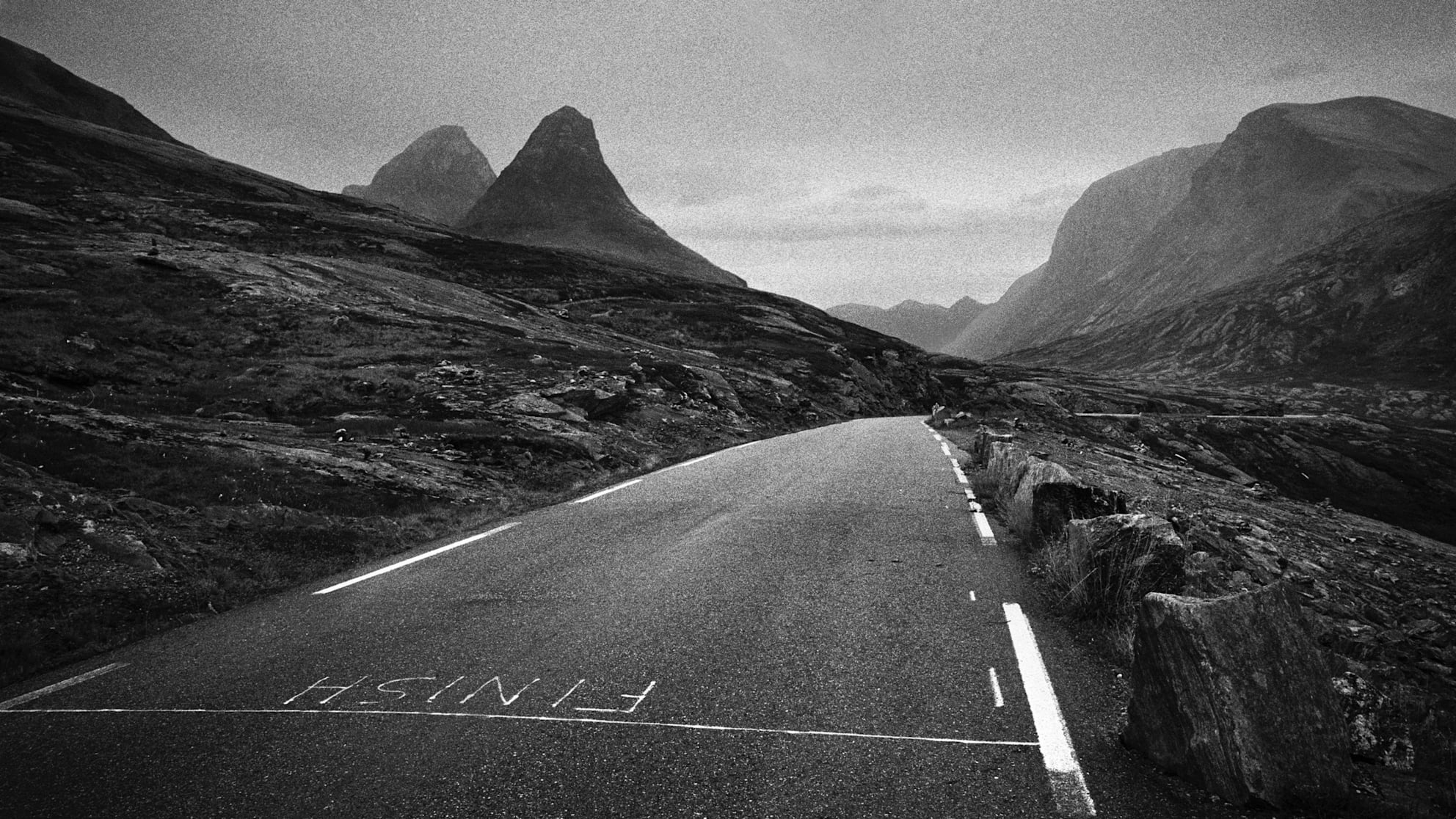Being a writer at Rapha can be tricky. After all, they say a picture paints a thousand words. So consider that Ben Ingham has taken something like 50,000 images (that’s before an edit) and has had at least 50 per year published online and in print since 2004. It’s hard to compete. The first Rapha brochure, with a grainy shot of a rider carrying his bike down a stairwell on the cover, contained merely a list of products at the back. The pictures did all the talking. And since then images of this ‘kind’ have had a huge impact on the way the cycling world looks at the sport. These days you can’t move for cycling photographers wrestling over the best angle of a BMC icebox or jockeying to frame Peter Sagan’s rear end.
There has been plenty said about Rapha’s reinterpretation of what cycling products can and should be, and the brand’s approach to design. But a major difference is how these Rapha products and the act of cycling in them have been represented online and in print; through a level of editorial that did not exist for sports brands ten years ago. Road cycling, both today and historically, is a very aesthetic sport, and therefore there should be no question about documenting it with a healthy dose of artistic license. Photography, the ‘democratic art’ no less, and road racing have a long and winding relationship. It’s no coincidence that some of the most renowned reportage photographers of the twentieth century – i.e. Henri Cartier-Bresson and Robert Capa – documented cycle racing between shooting civil wars and the streets of Europe.
“The decision of how to photograph Rapha products was easy: we had to get them out of the studio and into the landscape, connecting them to the experience and moments that road cyclists crave. Over the past ten years we have travelled to dramatic, challenging, romantic and beguiling landscapes across the world: from the volcanic uplands of the Cévennes to the heat of the Californian desert.” – Simon Mottram
